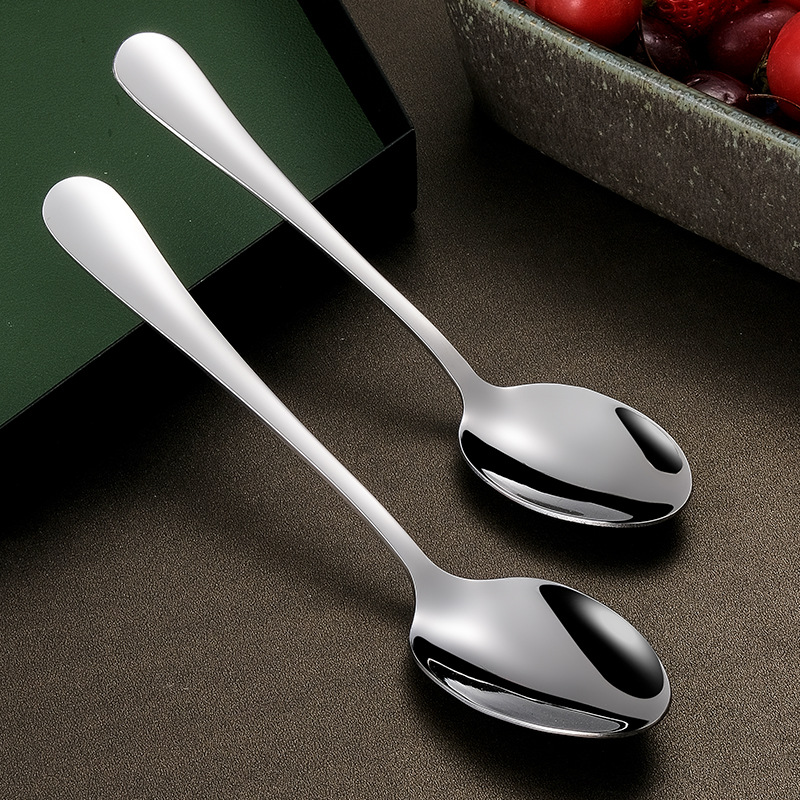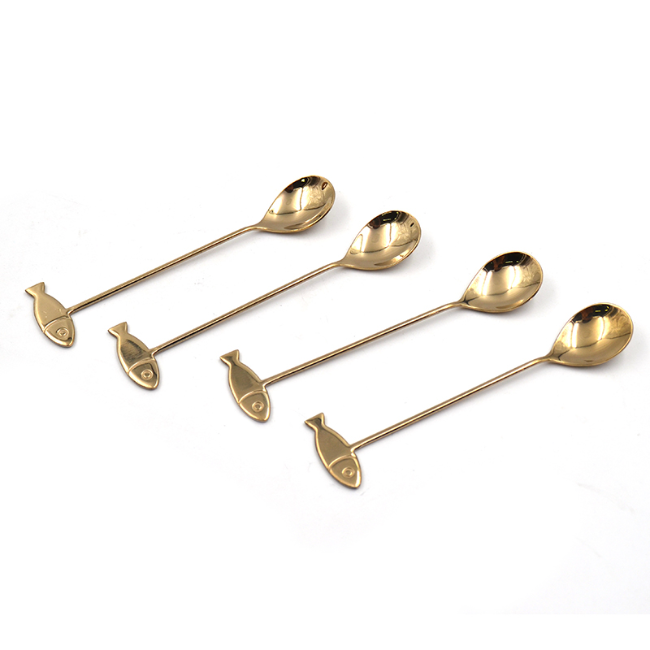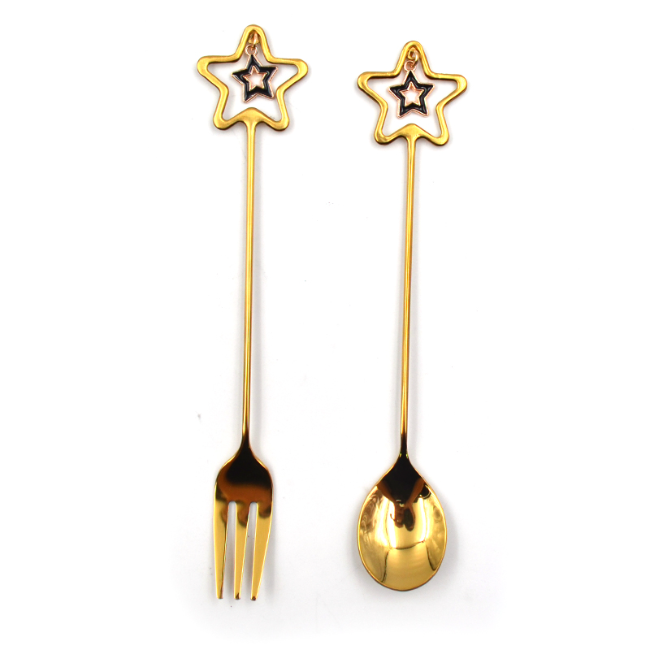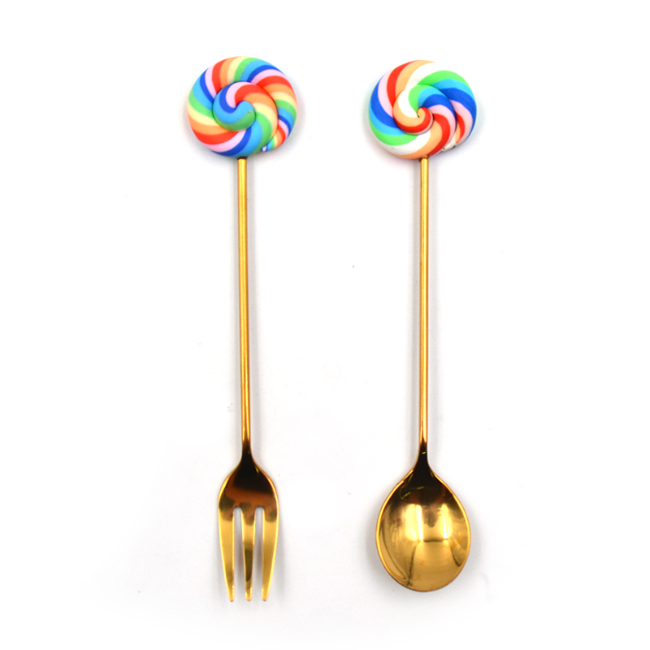
07 May
Can You Mix Stainless and Silver Cutlery?
Can You Mix Stainless and Silver Cutlery...
Can You Mix Stainless and Silver Cutlery?
When it comes to setting a table for a special occasion or a casual dinner, the types of cutlery you use can make a significant difference in the overall ambiance. A common question that often arises is: Can you mix stainless and silver cutlery? While both materials offer advantages, combining them might require a bit of thought. Let’s take a closer look at how you can incorporate both into your dining setup and whether it's a good idea to do so.
The Differences Between Stainless and Silver Cutlery
Before we dive into mixing, it’s important to understand the differences between stainless steel and silver cutlery:
Stainless Steel: Stainless steel is a durable, low-maintenance material. It resists corrosion and rust, making it an excellent choice for everyday use. Stainless steel cutlery is available in a variety of styles and designs, often including brushed stainless steel flatware that provides a modern look.
Silver: Silver cutlery, particularly sterling silver, is a more luxurious option that has been traditionally favored for formal occasions. It requires more maintenance due to tarnishing but offers a timeless, elegant appearance.
Why Mix Stainless and Silver Cutlery?
While some people prefer to keep their table settings uniform, mixing spoon fork and knife set styles can bring an interesting touch to your dining experience. Here are a few reasons why mixing these materials can be a great idea:
Visual Contrast: Combining Robert Welch flatware flute with high-quality stainless steel pieces can create an appealing contrast. The combination of shiny silver and sleek stainless steel can enhance the overall look of your table setting.
Cost Efficiency: While luxury utensils such as silver cutlery can be expensive, you can mix them with more affordable stainless steel options for a practical yet stylish solution. This allows you to have high-end pieces for special occasions while using everyday cutlery for regular meals.
Variety of Use: Stainless steel cutlery is often designed for daily use, whereas silver is more suited for special events. Mixing both allows you to select the right cutlery for different dining occasions.
Tips for Mixing Stainless and Silver Cutlery
If you decide to mix both materials, here are some tips to ensure a balanced look:
Choose Complementary Designs: When combining stainless and silver cutlery, look for similar designs or patterns. Opt for pieces that have a modern or classic appeal to avoid visual dissonance.
Keep Proportions in Mind: Use luxury utensils like silver for the most formal items, such as dinner forks and dessert spoons, while using stainless steel for less prominent items like salad forks or butter knives.
Polish Both Types: Ensure both materials are polished properly. Robert Welch flatware flute and stainless steel pieces need to be clean and shiny for a harmonious look on the table.
Consider the Occasion: For formal events, you might want to focus on silver cutlery. For casual dinners, stainless steel cutlery like Homefelt's collection provides both beauty and practicality.
Conclusion
Mixing stainless and silver cutlery can be a creative way to enhance your table setting, providing both luxury and functionality. By combining the durability of stainless steel with the elegance of silver, you can create a unique and inviting dining experience. Whether you prefer the modern appeal of brushed stainless steel flatware or the timeless charm of silver, the key is to maintain balance and style in your selection.





